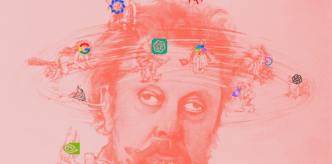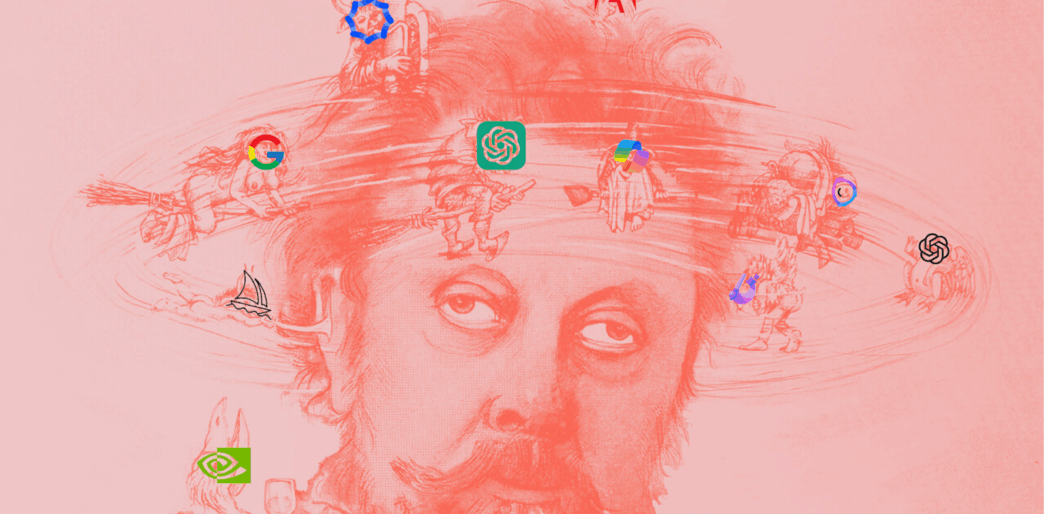Emily M. Bender and Alex Hanna push back hard on AI hype with new book The AI Con.
The authors slam the idea AI is some super-intelligent lifeform ready to take over. Their blunt answers: No, they wish, LOL, definitely not.
Bender, a linguistics professor, and Hanna, a sociologist and ex-Google researcher, argue AI is more marketing buzz than magic. AI promises utopias or dystopias but mostly just "an illusion of thinking," fueled by pattern matching, not real understanding.
They call out big tech for spinning AI as a must-have, “AI first” solution in workplaces like Duolingo, Fiverr, Shopify, and IBM.
A famous paper by Bender brands large language models “stochastic parrots”—just repeating data patterns rather than grasping meaning.
"Large language models carry out pattern matching: an illusion of thinking."
Image: Talking to AI 2.0 – Yutong Liu.
The book digs into AI’s ecosystem—who backs it, who profits, who gets hurt. It exposes AI as a tool that deepens workplace pressure, expands surveillance, entrenches inequality, and fuels environmental damage.
"AI is more like a panopticon ‘that allows a single prison warden to keep track of hundreds of prisoners at once,’ or the ‘surveillance dragnets that track marginalised groups in the West,’ or a ‘toxic waste, salting the earth of a Superfund site,’ or a ‘scabbing worker, crossing the picket line at the behest of an employer who wants to signal to the picketers that they are disposable. The totality of systems sold as AI are these things, rolled into one."
They warn hype distracts from these harms—tech’s old trick of folding critiques into new products to stay in control. AI’s current wave of "red teaming" bias fixes are band-aids on giant, systemic problems. Diversity patches on image models might backfire or mislead, like OpenAI’s hidden diversity prompts adding labels behind the scenes.
The bigger issues? How culture is shaped by algorithms, what “truth” AI serves, and who sets those rules. These aren’t easily coded fixes, so they get ignored.
The duo ends with advice: Question who benefits from AI, and consider refusal. But refusal is tough outside privileged roles. They urge cultural pushback, mocking companies using AI as cheap or tacky. The “No AI” movement is already growing, with artists marking work "100% human-made."
But the battle’s uphill against “AI slop”—fast, cheap content boosted by platform algorithms that reward quantity over quality.
The AI Con warns: AI’s hype masks ongoing harm to workers, truth, and the planet. It’s not magic or doom—just another tech wave rolling in, shaping a harsher reality.
"We usually end up with something less dramatic yet more disappointing. Robots neither serve human masters nor destroy us in a dramatic genocide, but slowly dismantle our livelihoods while sparing our lives." — Ian Bogost (2013)














